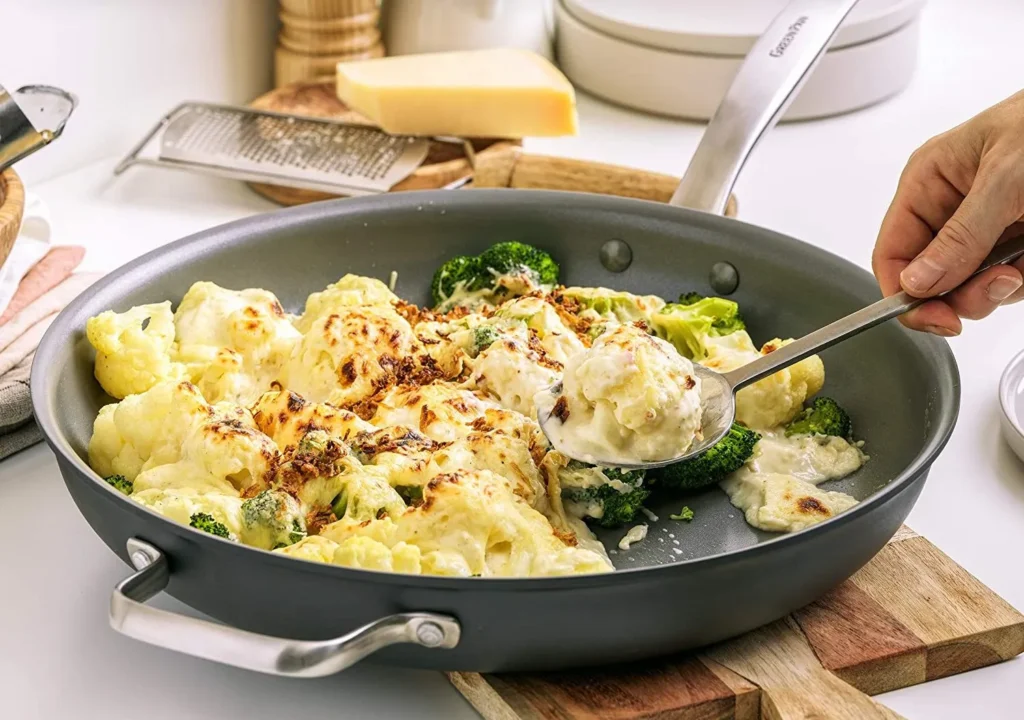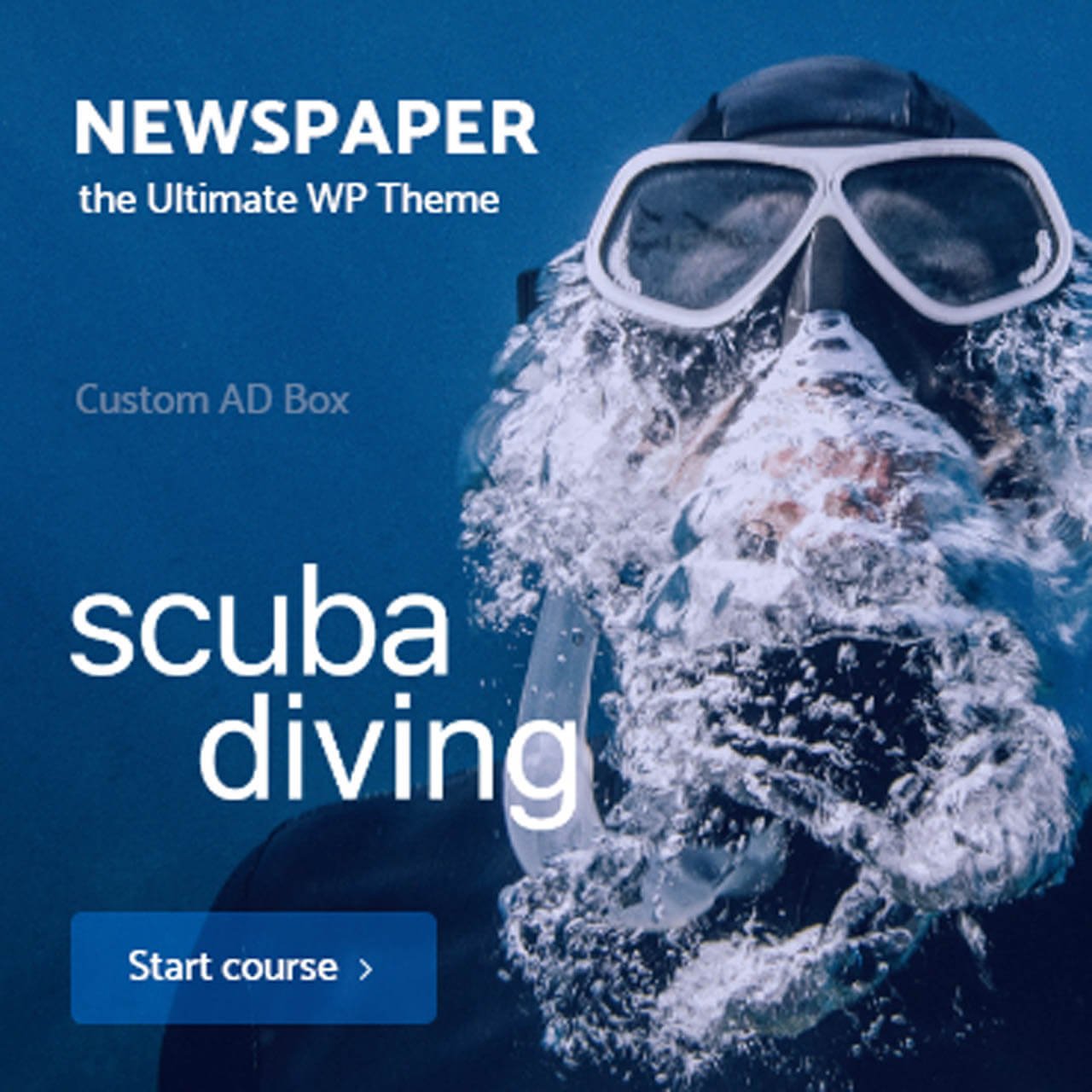
After rigorous years‑long evaluations by sites like LeafScore, Allrecipes, Food & Wine, The Kitchn, and numerous user reports, Caraway cookware stands out for its aesthetic appeal and clean‑cooking promise—but comes with expected trade‑offs. Here’s what matters from long‑term use.
What Is Caraway—and What’s in Its Design?
Caraway offers ceramic‑coated cookware built around an aluminum core with stainless steel handles and magnetic bases (induction compatible) (recipesdunnright.com, YouTube, Allrecipes). The coating is free of PTFE, PFAS, and PFOA, and the company provides third‑party testing results confirming absence of heavy metals.
Pros: Health, Design & Everyday Convenience
Non‑toxic cooking surface: The mineral‑based ceramic is marketed as a safer alternative to traditional non‑stick coatings .
Outstanding non‑stick performance: When new, eggs and delicate foods glide out with minimal oil; cleanup is nearly effortless with a soft sponge .
Even heat and quick pre‑heat: With an aluminum core, pans heat rapidly and evenly—though care must be taken to avoid high heat .
Elegant, functional storage: Sets include magnetic pan racks and lid holders to reduce scratching and save cabinet space.
Beautiful minimal style: Multiple color options and a sleek matte finish earned praise from Food & Wine and reviewers alike .
Cons: Durability Limits & Use Restrictions
Non‑stick surface degrades: After 2–3 years of regular use, most users report a noticeable decline in frying‑pan non‑stick performance. Sauce pans and Dutch ovens tend to last longer .
No high‑heat cooking: Ceramic coatings perform best at low to medium heat. High heat can damage the surface or reduce lifespan .
Scratching risk: Metal utensils, rough cleaning, and thermal shock (e.g. washing hot pan under cold water) can scratch or chip the mineral surface .
Hot handles: Stainless steel handles are attractive but can become very hot during use, requiring a mitt .
Higher price point & limited lifespan: A 12‑piece set runs about $395, while individual pans range $90–195. Considering the wear timeline, this is a major investment with a few years of reliability expected .
What Longtime Testing Sites and Experts Say
LeafScore, after two years of use, downgraded Caraway to a 4-leaf rating, citing wear concerns and lack of 3‑ply construction. Still, they praised the transparency in toxin testing .
Serious Eats ranked Caraway frying pans top among ceramic skillets after testing dozens of eggs; praised their slick surface and rounded walls, while noting all ceramic pans require careful handling .
Food & Wine heralded Caraway for balancing aesthetics, safety, performance, and a lifetime warranty—calling it a worthy runner-up even to All‑Clad in some categories .
Allrecipes, after several years of testing, affirmed the cookware’s durability, non-stick effectiveness, oven safety up to 550°F, and smart design—while noting some staining and the need for hand-washing.
CBS/NYP, via New York Post, reported that a private‑chef‑turned‑editor canceled an All‑Clad order in favor of Caraway after rigorous testing—citing impressive even cooking and ceramic safety.
Who Can Benefit Most from Caraway?
Good fit:
Cooks seeking non-toxic, PFAS‑free cookware
Those who want sleek design and space-saving storage
Home cooks using low‑to‑medium heat
Families who want easy cleanup and aesthetic kitchenware
Less ideal:
High-heat sear techniques or stovetop browning fans
Users who prefer dishwasher-safe cookware
Those expecting cookware to last many years without degradation
Buyers on a tight budget or seeking professional-grade metal cookware
Final Thought
Caraway offers a stylish, health-conscious option for cooks looking to simplify meal prep with easy-release surfaces and clean design. While its ceramic coating does require gentle handling and typically shows wear after a few years, the brand stands out for transparency, thoughtful design, and consistent user praise for ease of use and beauty.
If you cook mostly one-pot or low-fat dishes and prioritize non-toxic materials, Caraway is a solid investment. But for heavy-duty frying or high-heat techniques, you might combine it with stainless steel or cast iron tools.
